Modernized Makeover
In January of 2020, after a successful tour of my ninth art space in Southwest Nigeria, my friend, Leonard and I attempted to take a few snapshots of the spectacular collection at Omolayo Art Gallery.
Perfectly tucked on the second floor of Lagos City Mall, works of art on display included paintings, metalwork, human sized sculptures, beadwork and miniature pieces.
But – we were abruptly asked not to take any photos by our illustrious tour guide because this was against ground rules.

Leonard did a really great job of making our tour guide change her mind, and we were later permitted to take photos.
My curious self wouldn’t stop sketching answers to the million-dollar question, why are photographs not allowed in art galleries?
And as I canvas-ed for expert opinion, I could draw a couple exciting discoveries from art fanciers and gatekeepers.
Enjoy!
Question 1: Why Are Photographs Not Allowed in Art Galleries?
#1. Copyright Infringement.
Going back to the conversation with our tour guide, she explained how photographing of artwork used to be welcome at the Omolayo Art Gallery but was later discontinued because of a portentous copyright infringement.
In the previous years, a man photographed a painting in the gallery and printed it for a company calendar. This was actually unknown to the artist who hadn’t even sold his rights!
And after being caught, the perpetrator and company got sued for millions of naira.
Sadly, a number of art houses and museums around the globe still contend with this.
You see, making paintings or printworks based on an original artwork would infringe the artist’s copyright and only artwork older than 100 years (length of copyright protection is seventy to ninety-five years) may be reproduced but, to ensure you’re not breaking any laws, seek permission from art collectors, gallerists or other relevant stakeholders.
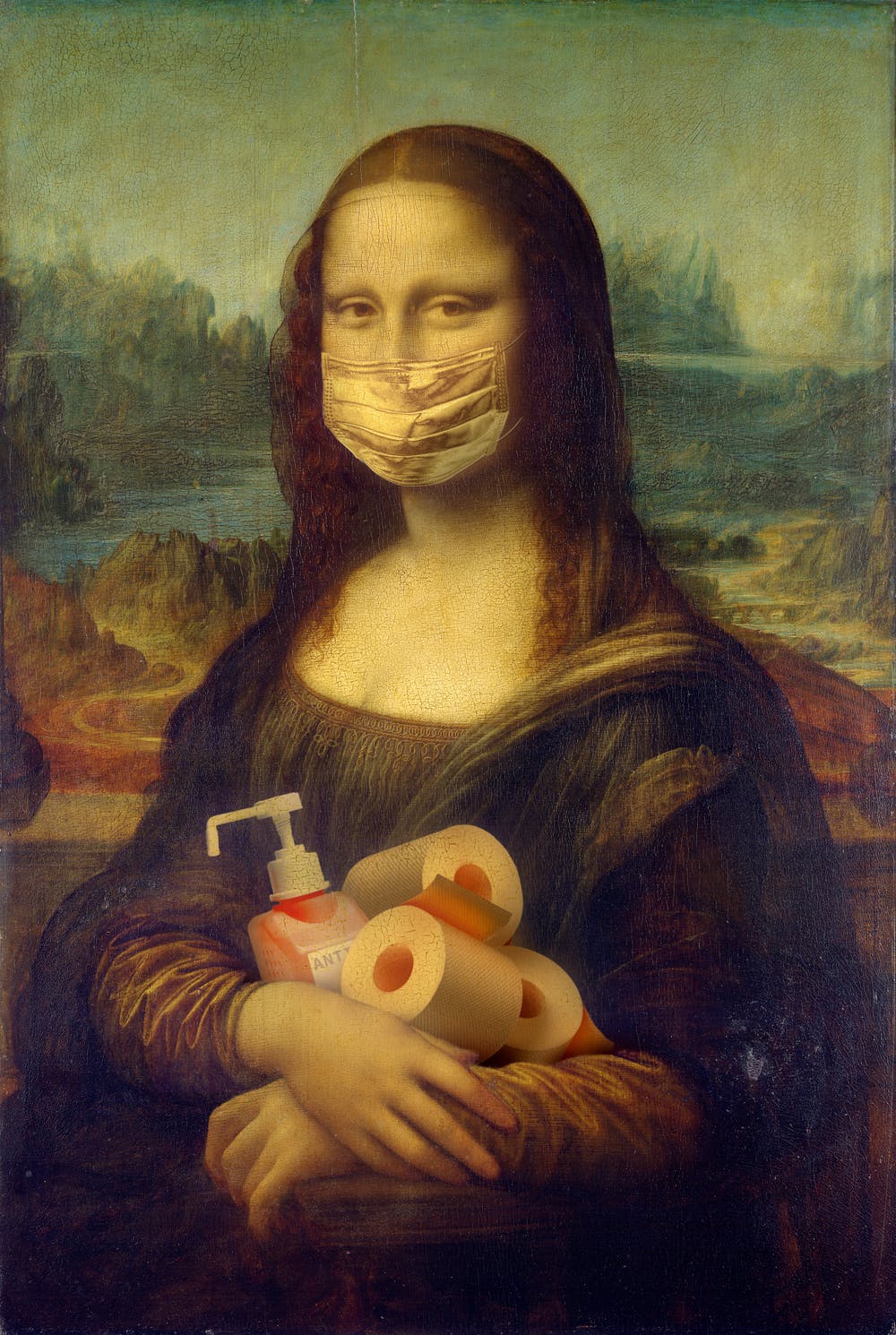
Art copyright infringers make personal gains off artists’ hardwork (yes, it’s a thing and I’m looking at you Michelangelo) either by selling duplicates or… designing calendars.
That’s being unfair to the artist, institutions and posterity.
#2. Frequent Overcrowding.
Taking photos of famous paintings like Vincent Van Gogh’s The Starry Night and Pablo Picasso’s Guernica could mean regular stops for scores of enthusiastic art tourists.
Whether it’s instructing friends to snap your best angles or spending so long on a selfie, free passage of photographs in art galleries may cause delays and overcrowding.

Overcrowding can pose a challenge to popular art destinations but it’s hardly ever a problem in climes where art is underappreciated.
#3. Light Sensitive Artwork.
Hey! I said No Flash Photography. 🗣
There’s this popular claim by art connoisseurs, paintings are super sensitive to light and as such they shouldn’t be… photographed.
And while art experts suggest that flashes from smartphones and professional cameras cause distractions within ambient art spaces (which I agree with), some argue that continuous flashes from these 21st century devices wear off colours on paintings.
You want to know why I strongly disagree with the latter? Keep reading.
I have visited a number of art destinations in my home country and in places where I was permitted to take photographs, I could do so without a flash.

The thing is, art galleries are mostly well lit. I’m talking natural light, overhead LEDs, movable lamps and the kind that hang over artwork.
In some cases, these LEDs are much brighter than camera flashes and because exhibited artwork get an average of eight-hour lighting per day, I think it’s incorrect to paint a picture of the same “LED light” from hand-held devices causing damage to paintings.
In this aspect, the actual threats to hue of paintings are age and ultraviolet (UV) light, not flashlight from phones or cameras.
#4. Flawless Seclusion.
Quite a number of art galleries shut off visitors from taking pictures to create a mystery away from the prying eyes of the wider public.
Indoors, lovers of art may have a look around, ask questions or purchase souvenirs but photographs are usually no-nos.
This deliberate act of concealment could be a positive for art houses as visitors may uncover the secluded arts and craft for themselves but, it also backfires bigtime!
Have you ever visited somewhere in your neighbourhood and asked, how the heck did I not know about this place before now?
That’s the exact feeling I’m talking about.
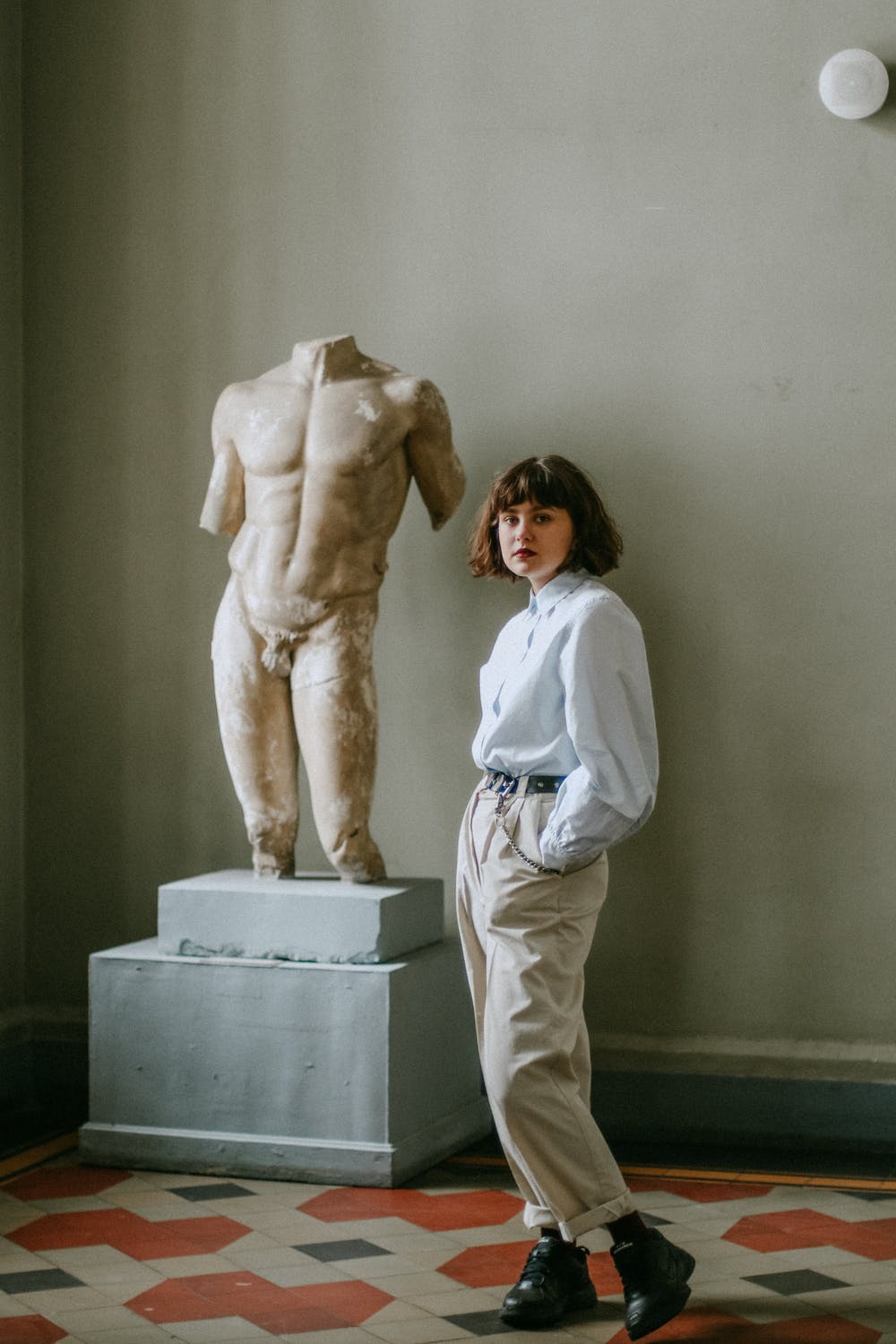
Apart from art galleries, museums too long to secure many of their collections from “public photography” whether it’s an ancient Benin bronze work from Edo state or a classic Mercedes Benz covered in bullet holes after the assassination of a Nigerian Head of State.
#5. Art Theft.
Seems farfetched but Hollywood blockbusters such as Ocean’s Twelve, The Grand Budapest Hotel and The Maiden Heist may have done a good job of influencing art gallery owners.
I’m trying to picture the last time stolen art was publicised in Nigeria without having to mention pre colonial years but, erm… I’m blank.
A colourable opinion, I’d think.
Now, I’m not discrediting claims of art theft in art galleries or museums across the world don’t get me wrong but I believe that art theft shouldn’t be entirely blamed on photographs.
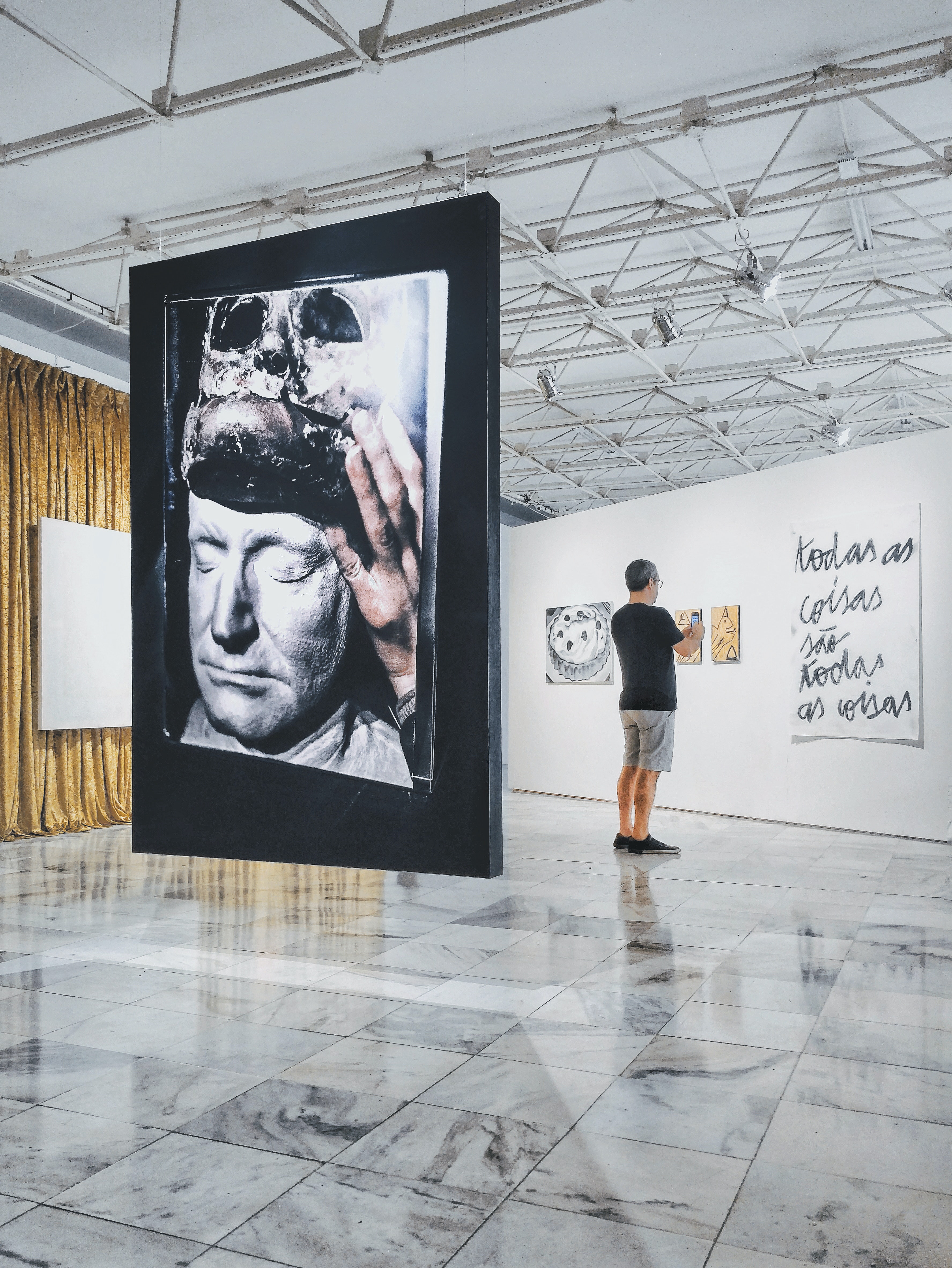
Art theft statistics say that more than 50,000 pieces of artwork are stolen each year around the world and high powered art dealers, gallerists, insurance companies, security experts and art bigwigs are working out ways to curb this menace.
Question 2: Is a Restriction on Photography the Best Choice for Art Gallery Owners?
“In the age of the internet when a piece of content is shared online, the value of that content increases not only for the Museum and the person but the world at large!” – Jia Jia Fei
Comically, recent studies have shown that attendance grows in greater numbers when visitors are allowed to take pictures in art galleries. A good example of this would be the Renwick Gallery in Washington, D.C., United States of America.
On encouraging photographs, the Renwick Gallery which is a stone’s throw away from the White House, broke its yearly attendance record in just six weeks!
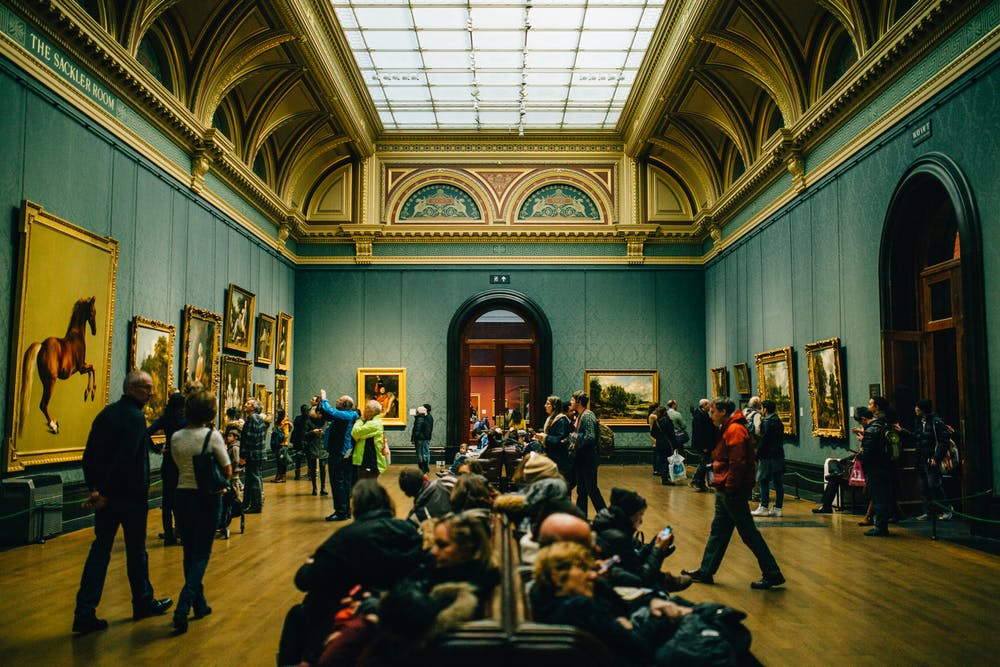
Bringing it home, the Nike Centre for Art and Culture which is the best art gallery in Nigeria according to TripAdvisor, owes a lot of its success to its massive collection and, letting tourists snag photographs and vlogs.
That’s free marketing!
Using these as case study, it’s easy to draw the conclusions that welcoming photos in art settings will positively impact attendance from art aficionados and dealers.
Question 3: How Can Gallerists “Safely” Welcome Photographing of Artwork?
Art exhibition is a remarkable way to grow attendance but gallerists who have a hard time nipping copyright infringement in the bud or are totally uncomfortable with photographing of artwork, may exploit the following tactics.
- Create Instagrammable Spaces. Allow photographs in parts of the art gallery. This can be accentuated with murals, “sign-on walls” or picturesque sculpture.
- Have Active Social Media Accounts.
- Encourage Spectators to Use Certain Hashtags or Tags. #ArtxLagos #GallerySelfieDay
- Follow Art Enthusiasts on Instagram.
- Host Friendly Shows. Check Paint & Sip organised by @justpaint_ng on Instagram, it’s a good enough example.
- Set Attendance Limit.
- Make Photography Guidelines. Photographs restricted in this area? The owners of art galleries may work out non-specific principles to control public engagement with artwork.
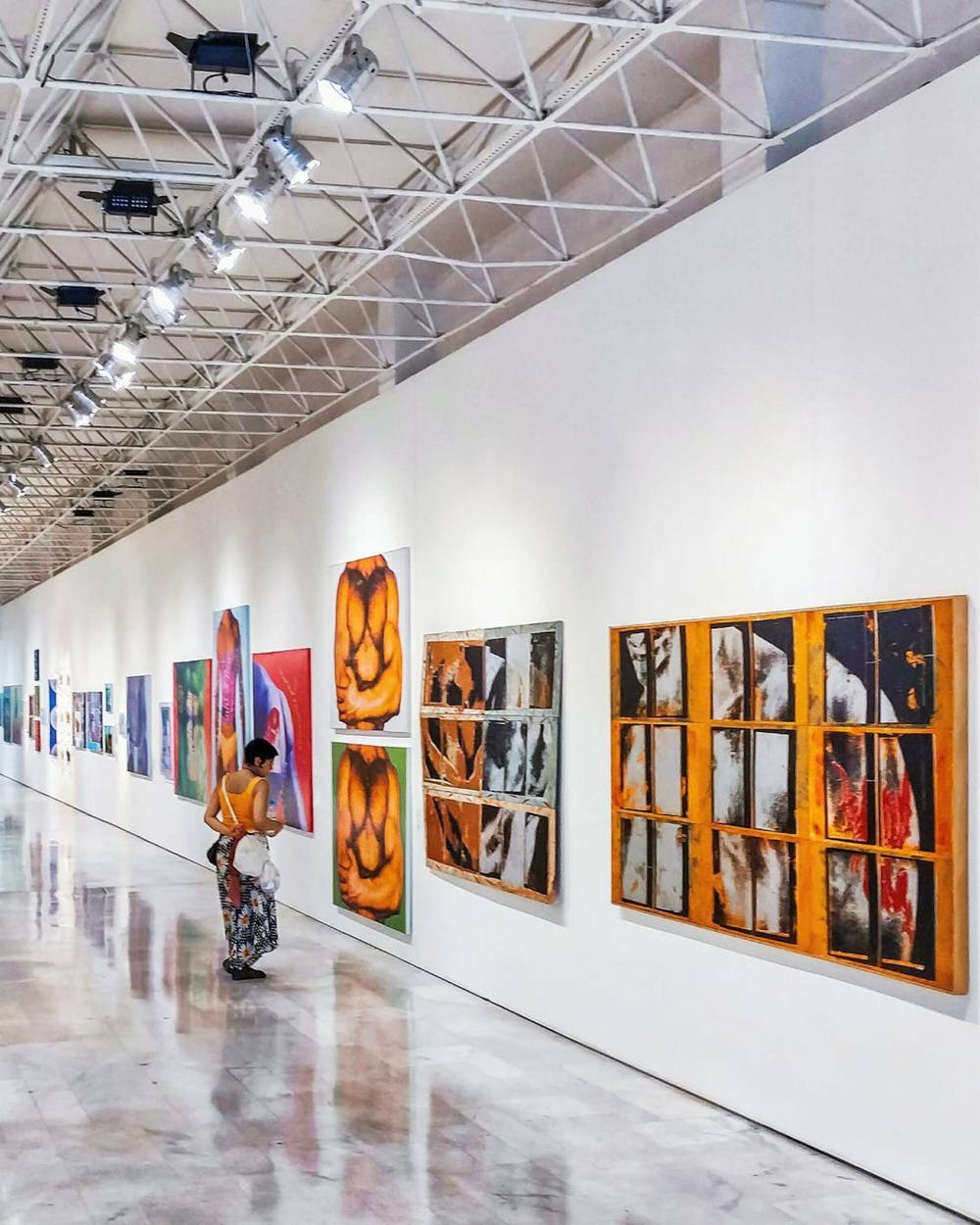
Conclusion
It’s very difficult to make a blanket decision on this matter especially since we live in the age of internet and social media.
Nowadays, it’s so easy for tourists to get more engrossed with taking pictures of art rather than learning a single thing about the art itself. Like, imagine visiting The Louvre in Paris for only group selfies with Mona Lisa?
I know, sounds ridiculous but this happens.
What art gallery owners and directors around the world can do is encourage tourists to educate themselves about artwork either by reading beforehand or asking questions onsite.
This adds an extra value to art.
Do you think more art galleries and museums should allow photographing of artwork?
I want to hear from you in the comments section.

Let’s keep talking about artsy stuff on Facebook, Instagram or Twitter.
SOURCES
- Vox
- WIRED
- Biodun Omolayo Art Gallery
- The Art Assignment
- TEDxTalks
Like this post? Be sure to Pin for later. 📌




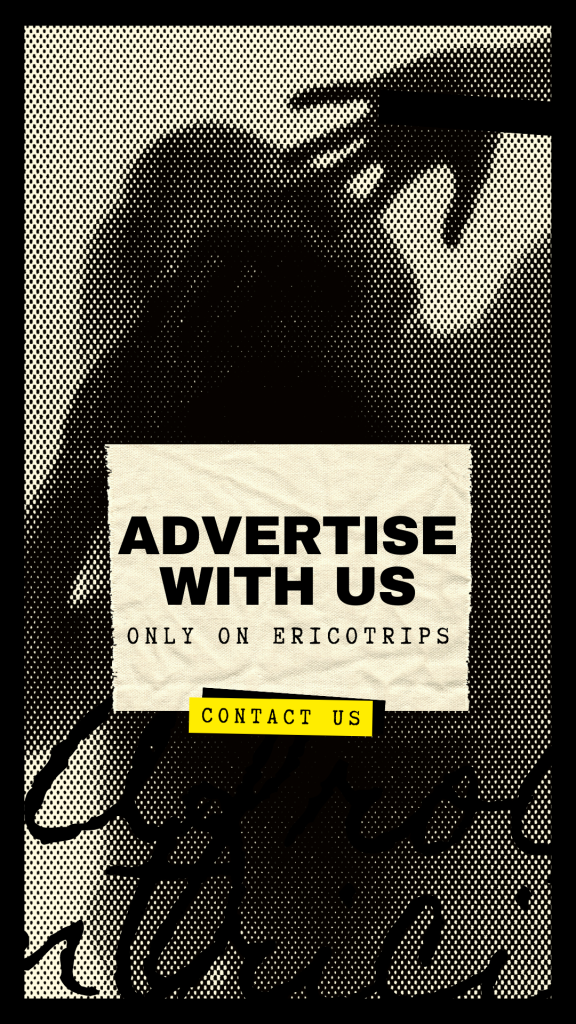


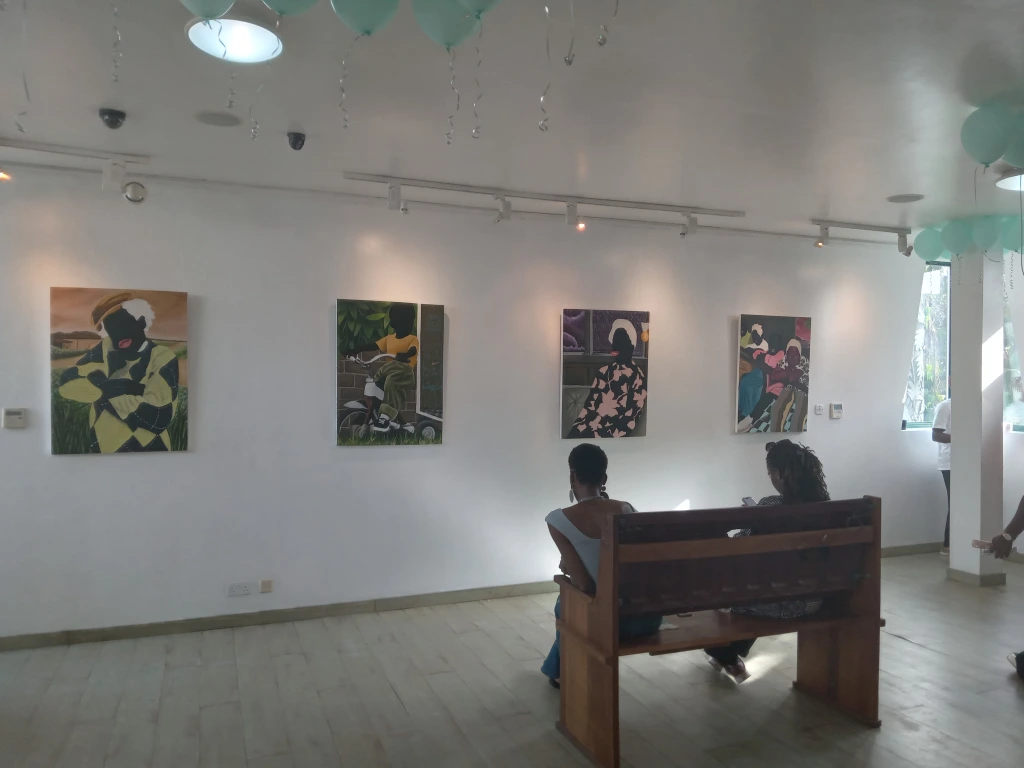


Leave a comment